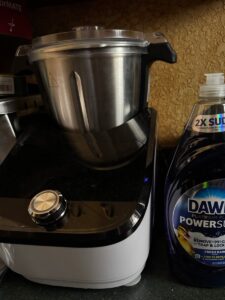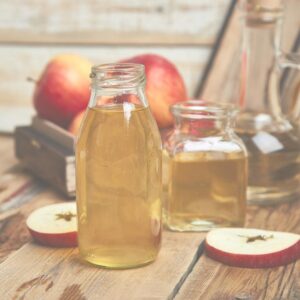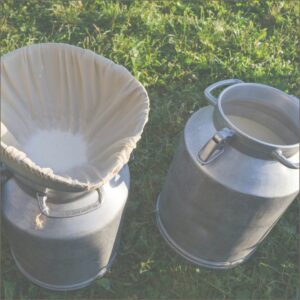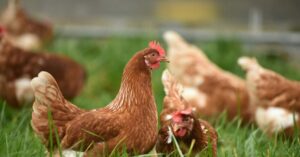I’ve been a member of many Facebook Mini Jersey and cattle groups over the last few years. I’ve seen a lot of questions from new breeders asking how to breed for A2/A2 and polled calves. Sometimes, they’re given the correct information but many times it’s inaccurate. For example, I’ve often seen, “If you breed two polled animals, you’ll for sure get a polled calf.” That’s only partially correct since there’s still a 25% chance of horns in the calf if both animals are heterozygous polled. However, it is always true if one or both animals are homozygous polled. Let’s examine both of these genes so there aren’t any more misconceptions for new breeders.
Breeding For Polled
All cattle carry two polled genes. If you send tail hair for DNA testing, a polled animal will come back either P/H or P/P. A horned animal can only come back H/H. P/H is called heterozygous polled. They are technically polled, but carry a recessive gene for horns. Polled is dominant, meaning if the animal has a polled gene, it will not grow horns. But, if they’re P/H they can pass on either of the genes they carry to their offspring. P/P is called homozygous polled. They carry both genes for polled, therefore they will only produce polled calves because they can only pass on a polled gene. However, depending on the genes of the animal they’re bred to the offspring could be heterozygous or homozygous polled. Let’s look at Punnett Squares to understand how the inheritance of genes works.

For further reading on this subject you can download this PDF by Darrh Bullock, University of Kentucky, in partnership with the USDA.
Breeding For A2/A2 Beta Casein
I’m not going to get into the A1 vs A2 Beta Casein milk proteins in this article since that’s a whole other subject that needs its own focus. We’ll just be exploring how to breed for A2/A2 if that’s your preference. The reason that I’ve combined breeding for A2 with breeding for polled is that the process works the same.
Cattle also have two genes on their DNA in the A2 Beta Casein place. A2/A2 means they carry both genes that are A2. A1/A2 means they carry one of each. A1/A1 means both milk proteins are A1. I’ll use Punnett Squares to break down how different matings produce different outcomes like above.

The Punnett Squares can help you decide how to proceed in your breeding program and understand what the outcomes of a breeding may be.
It should also be mentioned that UC Davis Veterinary Genetics Lab may return your test with different letters in place of A1 or A2. As explained on the Milk Protein DNA Test Report from UC Davis, “The expanded beta-casein test reflected in this report detects variants A1, A2, A3, B, C, D, E, F, G, H1, H2, I, K and L. Based on the amino acid present in position 67 these variants can be classified into 2 groups – A1 and A2. Variants in the A1-group (Histidine) are A1, B, C, F and G. Variants in the A2-group (Proline) are A2, A3, D, E, H1, H2, I, K and L.” If you’re breeding for A2/A2 the variants in the A2-group would be your preference.
When writing the pairs of Beta Casein genes the correct nomenclature is capitalized, in alphabetical, then numerical order. Some correct examples are A1/A2, A2/H1, and C/L.
I hope this helps clear up some of the misconceptions that go along with breeding for A2/A2 and polled. If you need further mentoring for your breeding program consider joining Purebred Mini Jersey Society at PurebredMiniJerseys.com.
~Sabrina, PMJS Advisory Board




